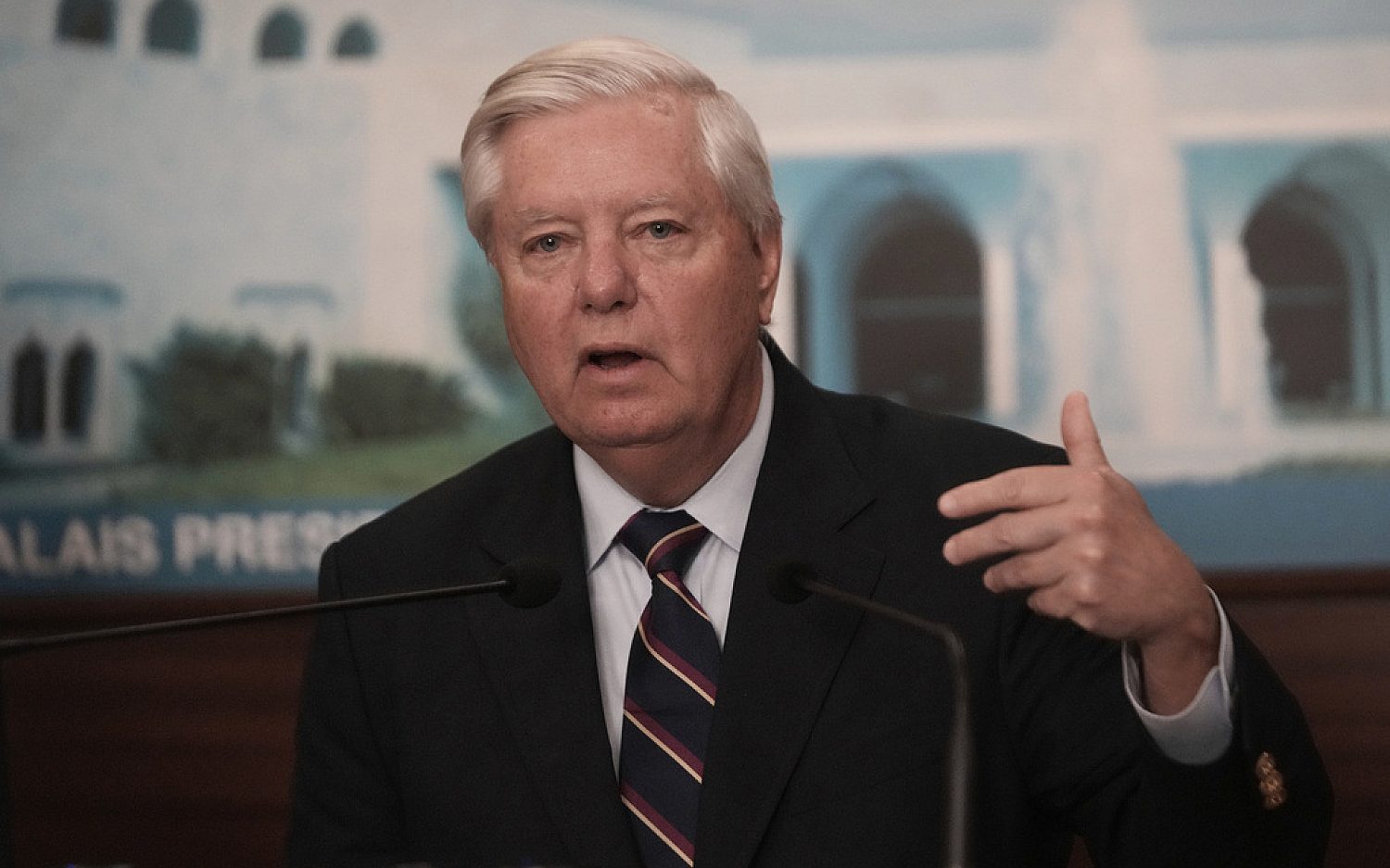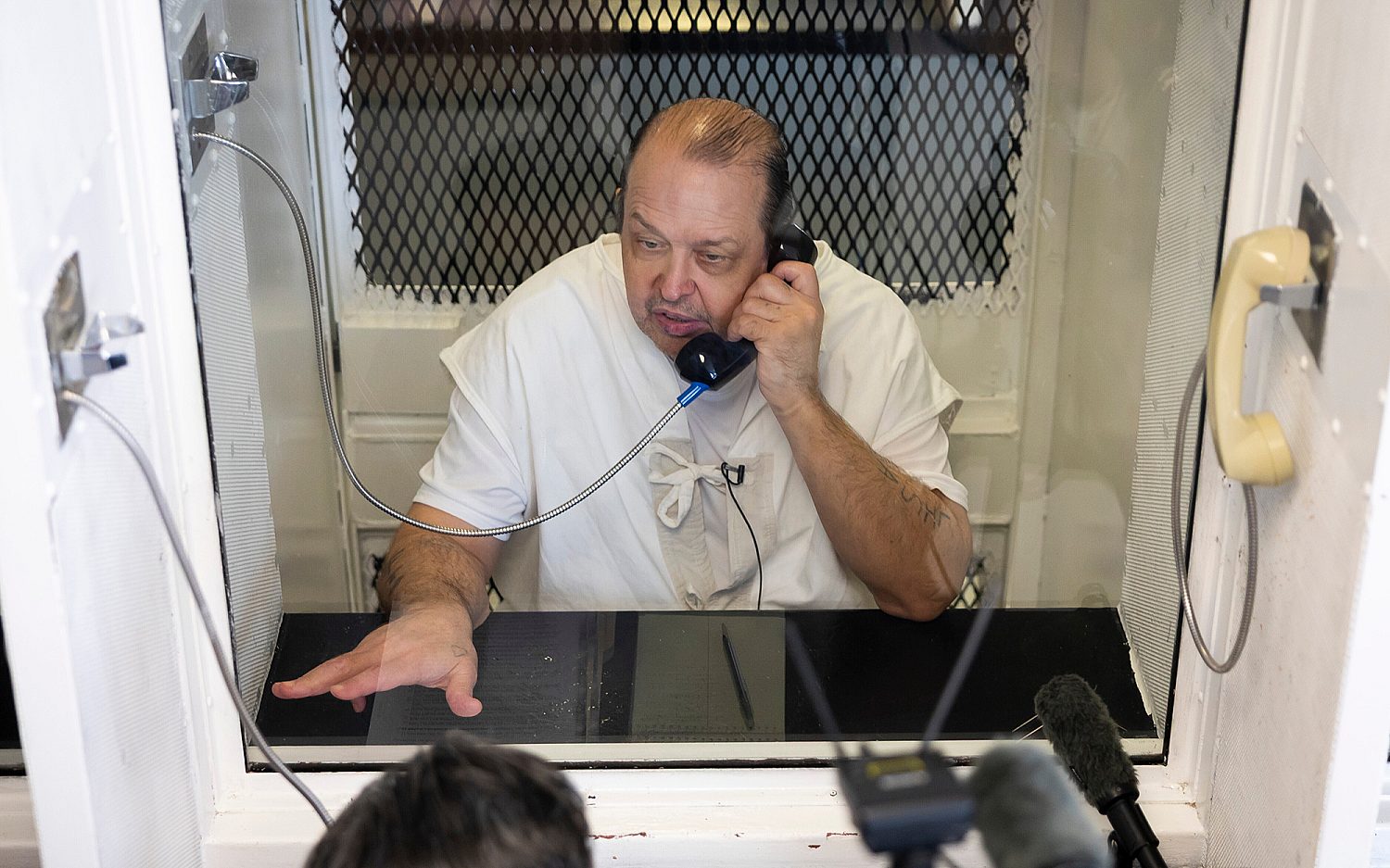Budget battles continue
Congressional negotiators have a budget proposal—but no one likes it
WASHINGTON—Conservative lawmakers and grassroots organizations are mobilizing to oppose a bicameral budget deal aimed at avoiding another government shutdown in January.
Rep. Paul Ryan, R-Wis., and Sen. Patty Murray, D-Wash., chairs of the House and Senate budget committees, respectively, announced the agreement late Tuesday, touting it as “a step in the right direction” that required compromise on both sides. The plan would replace the automatic budget cuts known as the sequester, and increase spending in fiscal 2014 from $967 billion to $1.012 trillion in exchange for additional reductions at the end of the 10-year pact.
“This bill is not designed to get our vote,” said Rep. Mick Mulvaney, R-S.C., one of a group of conservative House members who addressed the media Wednesday morning. Mulvaney said the bill is aimed to attract bipartisan support, but as with so many previous attempts at compromise, it’s unclear whether Democrats will support it either: “Republicans don’t like what’s in the bill; Democrats don’t like what’s not in the bill.”
Tax increases and an extension of unemployment benefits are two things not in the bill. It does include higher fees for air travelers, increased pension contributions for new federal employees, and reduced federal compensation for pension funds—all revenue generators to help protect the military from a new round of sequester cuts in January. But conservatives argue that pension reform and other revenue are moot if they’re only redirected to more spending.
“The American people know we’re undoing cuts today for cuts in the future,” said Rep. Raúl Labrador, R-Idaho. “I don’t think this deal will do anything for anybody. … A few weeks from now the standing of Republicans will go down because we make empty promises.”
The agreement culminates two months of budget talks between Ryan and Murray, who technically led a 29-member bicameral budget panel but in reality hammered out the details between the two of them—in coordination with party leadership.
“It’s very much a two-person agreement,” said Rep. Tom Cole, R-Okla., one of seven House members on the panel. Cole told me he supports the deal because it accomplishes four things without raising taxes: secures sequester cuts for the next decade, redistributes the cuts in a more logical way (protecting military spending), prevents a government shutdown for two years, and returns the budget process to regular order.
“This is the first time Congress has forged a budget since 2009,” Cole said. “Most of our members have never seen what it’s like when you actually function as a legislature should.”
President Barack Obama called the agreement a “good first step” and a “balanced” approach to solving the country’s fiscal woes. He said no one got everything they wanted, which is an indication of compromise: “[I]t’s a good sign that Democrats and Republicans in Congress were able to come together and break the cycle of short-sighted, crisis-driven decision-making to get this done.”
A list of conservative organizations have already voiced opposition to the deal, including Heritage Action, the Family Research Council, Americans for Prosperity, and Tea Party groups. Tim Phillips, president of Americans for Prosperity (AFP), told me the most important thing to consider is whether federal spending is going up or down.
“Any outcome that raises government spending is not worth it on the other side,” he said. “Every time they raise spending, they claim that by raising spending right now, spending will somehow go down in the future.”
The $1.012 trillion in fiscal 2014 spending lands in between the $967 billion mandated in the Budget Control Act of 2011 and the $1.058 trillion budget Democrats proposed (spending would increase another $18 billion in fiscal 2015). The problem with that, said Rep. Tom McClintock, R-Calif., is that Republicans only wanted a bipartisan agreement proposed by President Obama and enacted into law. He said the public blamed Republicans for the October government shutdown because they wouldn’t pass a “clean” continuing resolution to fund the government at existing levels, and now Democrats are doing the same thing.
“That is precisely the position we are taking right now,” McClintock said. “We should fund spending according to current law.”
Phillips said AFP, which opposed the shutdown strategy, didn’t expect any major policy wins out of the budget negotiations and only wanted to maintain the status quo. “This policy was already in place,” he said. “This was not a heavy lift, and they made a decision to abandon it.”
A decision to abandon the sequester remains to be seen. Some House Republicans say they are still evaluating the proposal, including Rep. Jack Kingston, R-Ga., who is running for an open U.S. Senate seat next year. He told me that he realizes you can’t get everything you want in a divided government, but he’s “very reluctant” to give up on the sequester savings.
“Sequestration cuts some muscle with the fat, but it is the best tool we’ve seen in Washington in recent years to cut spending,” Kingston said. “In Washington we have seen the pattern … there’s a big budget agreement, we get a bump in spending or taxes today, and the spending cuts at a later date never happen.”
Kingston said one silver lining is that the new proposed cuts will come from mandatory spending instead of discretionary spending, but he hasn’t seen any guarantee the delayed cuts will actually happen.
Most Republicans in the Senate, including Minority Leader Mitch McConnell, R-Ky., are expected vote against the measure, which will likely reach the floors of both chambers by the end of the week—just before lawmakers head home for the holidays.
An actual newsletter worth subscribing to instead of just a collection of links. —Adam
Sign up to receive The Sift email newsletter each weekday morning for the latest headlines from WORLD’s breaking news team.





Please wait while we load the latest comments...
Comments
Please register, subscribe, or log in to comment on this article.